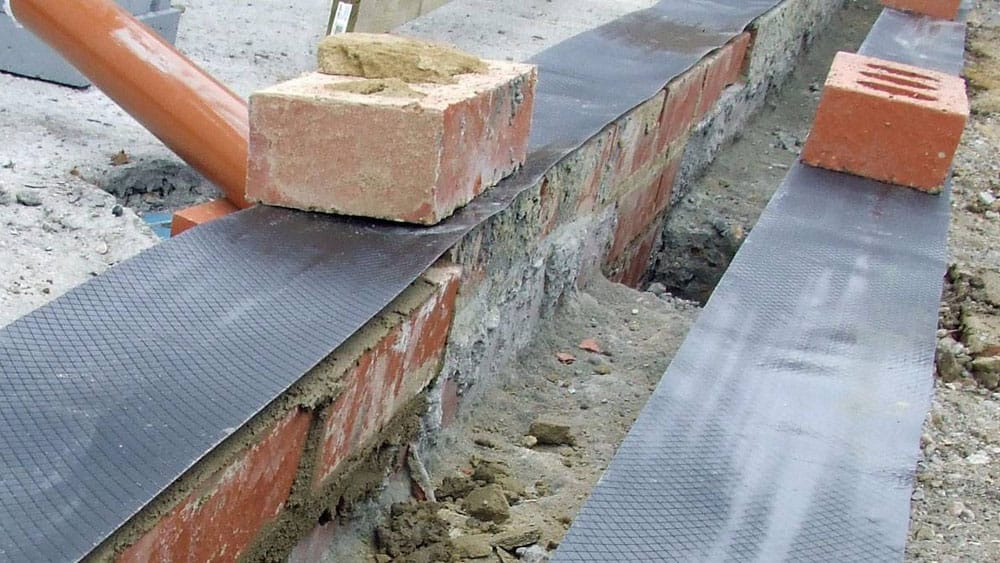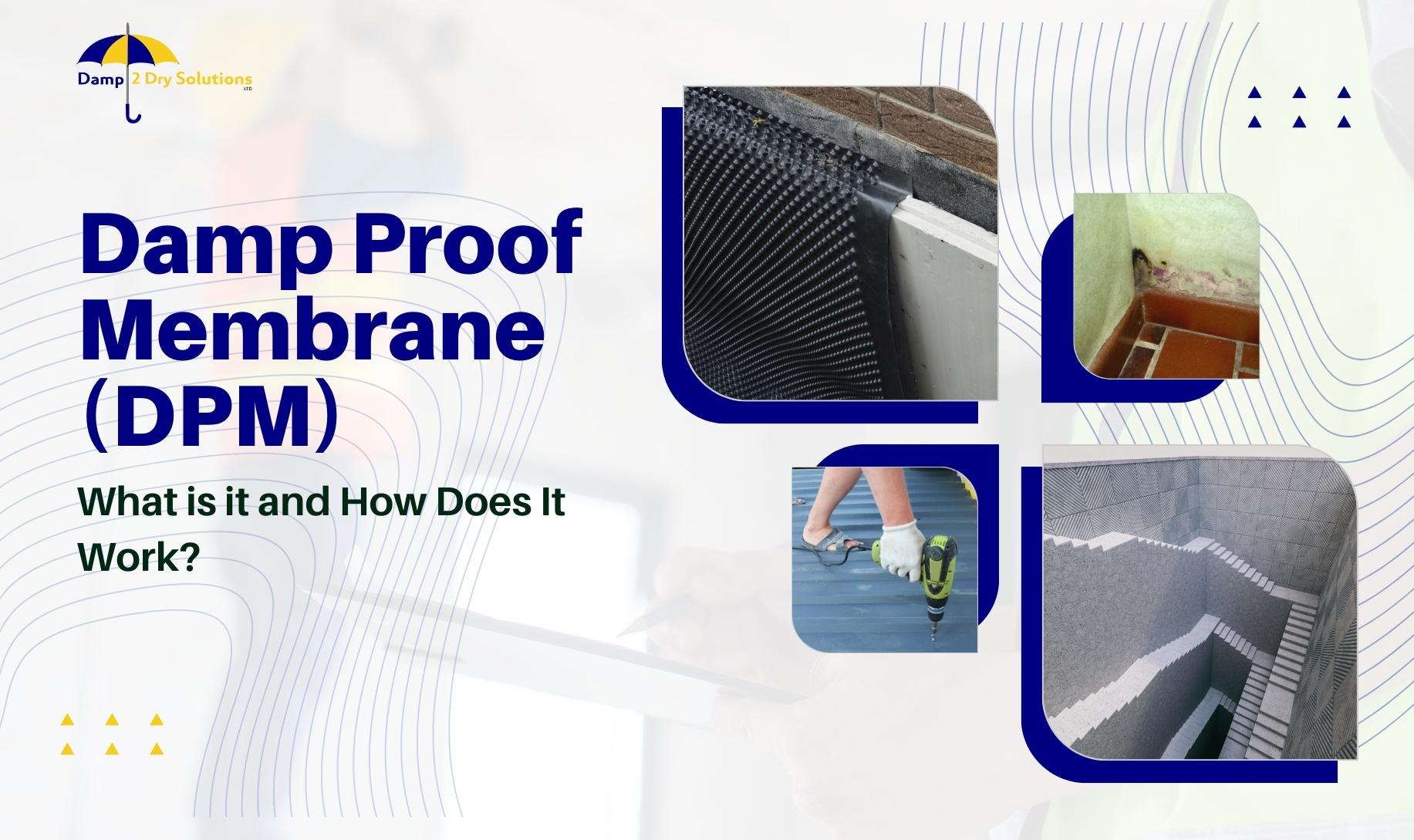Breaking down the cost of professional damp removal newcastle
Breaking down the cost of professional damp removal newcastle
Blog Article
Exploring the Different Techniques and Solutions for Effective Damp Proofing
Wetness in buildings postures substantial difficulties to both architectural honesty and indoor air high quality. Different strategies and services have actually emerged to combat this pervasive issue. From conventional damp-proof membranes to innovative chemical therapies, each method provides special benefits. Recognizing these alternatives is necessary for effective moisture control. Nonetheless, choosing the ideal option depends upon particular building conditions and demands, prompting more expedition right into the most effective wet proofing approaches readily available.
Recognizing the Root Causes Of Dampness
Dampness can develop from different sources, understanding these reasons is vital for reliable remediation. Frequently, moisture originates from three main resources: rising moist, passing through wet, and condensation. Rising wet occurs when groundwater takes a trip up through porous products, such as block or rock, frequently due to an absence of an effective obstacle (damp removal newcastle). Passing through moist is commonly triggered by exterior aspects, including roof covering leaks, faulty rain gutters, or harmed wall surfaces, permitting water to infiltrate a home. Condensation, on the other hand, arises from excess dampness in the air, usually aggravated by bad ventilation and temperature distinctions, bring about water beads creating on surfaces. Identifying these underlying concerns is vital, as each type of dampness requires a customized approach for removal. Proper evaluation helps in identifying the most efficient remedies, ultimately safeguarding the architectural stability of a structure and boosting interior air top quality
Typical Damp-Proof Membranes

Chemical Damp-Proofing Solutions
Chemical damp-proofing services use a cutting-edge approach to stop moisture breach in structures. These techniques usually include the application of fluid chemicals that pass through masonry and create an obstacle versus rising damp. Generally made use of chemicals include silanes, siloxanes, and various other water-repellent agents that respond with surface area materials to create a hydrophobic layer.The application procedure normally calls for boring openings into the walls, injecting the chemical option, and allowing it to treat. This technique is especially useful for older structures where typical damp-proof membrane layers may be unwise. In addition, chemical damp-proofing can be much less disruptive and extra cost-efficient than substantial improvement projects.While effective, these solutions depend upon proper application and environmental conditions for peak performance. Regular maintenance and surveillance are necessary to guarantee the longevity of the damp-proofing therapy. Generally, chemical damp-proofing represents a versatile option for securing buildings versus moisture-related damage
Cavity Wall Surface Construction Strategies
Cavity wall surface building strategies use various benefits, particularly in moisture control and energy efficiency. By including an air gap between 2 layers of stonework, these walls efficiently mitigate water access while improving insulation. This mix not only secures frameworks from wetness yet additionally adds to decreased power consumption.
Advantages of Cavity Wall Surfaces
When taking into consideration efficient damp proofing techniques, the advantages of dental caries walls attract attention plainly. Tooth cavity walls include 2 separate layers, creating an air space that efficiently minimizes moisture infiltration. This layout minimizes the threat of dampness, as the external wall works as an obstacle versus rainfall and water ingress. In addition, dental caries walls improve thermal insulation, which adds to energy efficiency by decreasing heat loss. They additionally give audio insulation, aiding to develop a quieter indoor setting. The air space permits for air flow, which helps in dampness control and lowers the likelihood of mold growth. These advantages not only improve the general comfort of a building yet also add to its longevity and architectural honesty.
Wetness Control Strategies
Efficient dampness control techniques are essential in dental caries wall surface building to guarantee long-lasting security versus dampness. One main method entails the consolidation of weep openings, which assist in water drainage from the tooth cavity, preventing build-up. Furthermore, the usage of breathable membrane layers can assist take care of wetness levels while enabling entraped vapor to get away. Appropriate positioning of insulation is additionally essential, as it needs to not block water drainage paths. Moreover, making certain that the outer fallen leaves of the cavity wall are created with waterproof materials boosts general toughness. Regular maintenance checks are necessary to recognize any obstructions or damage early, guarding the framework's stability. Ultimately, a combination of these methods creates a robust defense versus moisture breach in cavity walls.
Insulation and Energy Efficiency
Insulation plays a vital role in enhancing energy performance within tooth cavity wall building and construction. By integrating shielding products, these wall surfaces create a thermal obstacle that reduces warm loss and reduces energy consumption. Effective insulation not just aids maintain a secure indoor temperature level yet also reduces the risk of wetness, as it prevents condensation within the wall tooth cavity. Numerous strategies, such as making use of inflexible foam boards or mineral woollen, can be used to attain optimal insulation efficiency. In addition, proper installment is important to assure that gaps and spaces are decreased, which can otherwise compromise energy performance. Ultimately, a well-insulated dental caries wall surface adds considerably to overall sustainability and lowers cooling and heating costs for home owners.
Outside Damp Proofing Methods
Outside damp proofing approaches are important for safeguarding structures from dampness seepage. Two effective strategies consist of the application of water-proof membrane layers and the installment of French drains. These remedies assist reduce water buildup and maintain the honesty of structures.
Waterproof Membrane Application
While numerous techniques exist for preventing dampness ingress, the application of water-proof membranes continues to be an extremely reliable outside damp proofing technique. These membrane layers are normally made from materials such as polyethylene, rubber, or changed asphalt, supplying a durable barrier versus water infiltration. The installment procedure includes applying the membrane to the external surface areas of foundations or walls, making certain complete protection to avoid leakages. Appropriate attachment and securing at joints are vital to taking full advantage of performance. Water-proof membranes can be used in various types, including liquid finishings and sheet membrane layers, enabling flexibility based upon the certain requirements of the framework. This method not only secures buildings from dampness yet additionally boosts their longevity and architectural stability.
French Drainpipe Installation
One reliable approach for managing groundwater and avoiding moisture build-up around a structure's structure is the installment of a French drain. This drain system is composed of a trench loaded with crushed rock and a perforated pipeline that redirects surface area water away from the foundation. Correct setup needs mindful preparation, guaranteeing that the drain inclines far from the framework to assist in excellent water flow. Furthermore, the place of the drainpipe is vital; it ought to be positioned in areas susceptible to pooling or excess moisture. Regular upkeep, consisting of clearing particles from the crushed rock and ensuring the pipe stays unblocked, is vital for long-lasting efficiency. Inevitably, a well-installed French drain can substantially reduce the threat of water-related issues in basements and foundations.
Interior Waterproofing Methods
Interior waterproofing techniques are vital for safeguarding a building's inside from wetness infiltration and possible water damages. These strategies usually entail the application of specialized materials and strategies designed to create a moisture barrier within the structure. One usual strategy is making use of water resistant layers or sealants on wall surfaces and floors, which avoid dampness from passing through surfaces.Additionally, setting up indoor drainage systems, such as sump pumps, can efficiently take care of water build-up in cellars and creep rooms. Another technique includes using vapor barriers, which are set up to inhibit wetness activity from the ground into living spaces.Moreover, addressing any type of fractures or spaces in wall surfaces or foundations with appropriate click here sealants ensures a complete protection versus water intrusion. By implementing these indoor waterproofing approaches, property proprietors can considerably lower the threat of mold development, structural damage, and other moisture-related issues. Correct execution of these techniques is vital for long-term protection and structure stability.
Routine Upkeep and Evaluation Practices
Normal upkeep and examination techniques are essential for ensuring the lasting effectiveness of wet proofing remedies in any building. Regular checks enable homeowner to identify very early indicators of wetness intrusion, such as peeling off paint, mold and mildew growth, and stuffy odors. These indicators can signal underlying concerns that need immediate attention.Inspections need to be carried out at the very least every year, concentrating on vulnerable locations like cellars, crawl areas, and outside walls. Throughout these assessments, residential property owners should examine sealers, drainage systems, and air flow to confirm they function correctly.Additionally, preserving seamless gutters and downspouts is crucial, as stopped up systems can result in water accumulation near the foundation. Applying a routine maintenance schedule, along with prompt repair work, can considerably prolong the life expectancy of moist proofing actions and secure the architectural integrity of the building. Aggressive actions eventually add to the total health and wellness of the living setting.
Regularly Asked Questions
For How Long Does Damp Proofing Typically Last?
The duration of damp proofing effectiveness varies, commonly lasting between 20 to 50 years. Factors such as application quality, environmental problems, and upkeep techniques substantially affect the long life of the damp proofing therapy.

Can I Damp Evidence My Home Myself?
The specific contemplated the feasibility of do it yourself damp proofing. With appropriate research study and the right materials, it is possible. Nonetheless, they additionally identified the value of expert guidance to assure long-lasting efficiency and protect against future issues.
What Are the Signs of Inadequate Damp Proofing?
Indicators of inadequate moist proofing include relentless moldy smells, noticeable mold development, peeling paint, moist patches on walls, and timber degeneration - damp removal newcastle. Home owners need to attend to these concerns promptly to avoid more damage and wellness worries
Does Damp Proofing Affect Indoor Air Top Quality?

Just How Much Does Expert Damp Proofing Cost?
Professional wet proofing prices vary considerably, usually varying from $1,000 to $5,000 relying on the home's size, the level of the wet issue, and chosen approaches. Each scenario calls for a tailored analysis for accurate rates. Commonly, wetness originates from 3 primary resources: increasing damp, penetrating damp, and condensation. When taking into consideration effective moist proofing approaches, the benefits of dental caries wall surfaces stand out plainly. Outside wet proofing techniques are necessary for safeguarding structures from moisture infiltration. While various approaches exist for protecting against moisture access, the application of waterproof membranes remains a highly efficient external damp proofing strategy. Signs of inadequate damp proofing include relentless mildewy odors, visible mold growth, peeling off paint, wet patches on wall surfaces, and wood degeneration.
Report this page